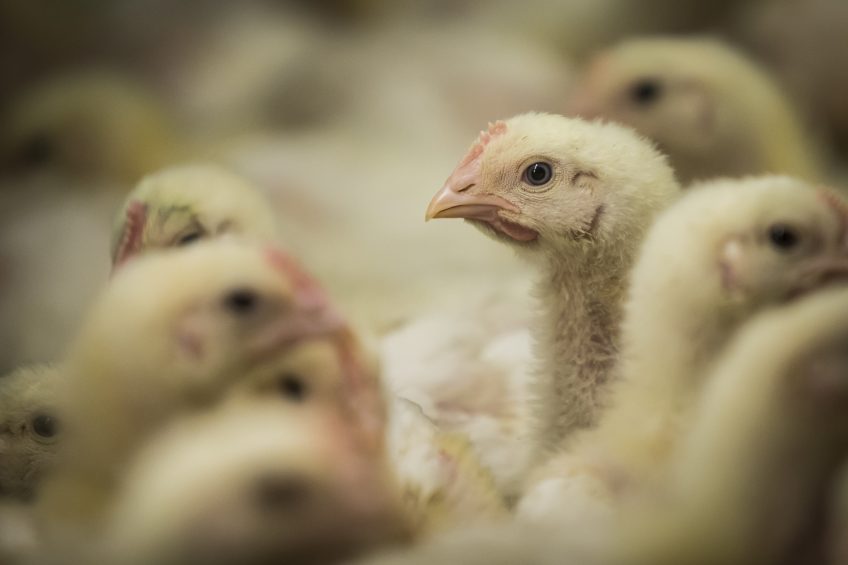USDA report: Consolidation in poultry sectors over 30 yrs

Contract farming and the rise of vertically integrated operations has led to some consolidation in the poultry meat sector over the past 3 decades but not as far-reaching as in other agricultural industries.
Statistics from a new United States Department of Agriculture (USDA) report shows the midpoint broiler farm in the US grew from 300,000 birds in 1987 to 480,000 in 1997. It then rose to 680,000 birds in 2012, representing a 127% rise over 25 years.
Turkeys saw a 33% rise between 1987 and 2012 with midpoint numbers growing from 120,000 to 160,000.
Consolidation more prominent in arable and dairy sectors
Authors James McDonald, Robert Hoppe and Doris Newton say that while there has been consolidation in the poultry meat sector, it is even more pronounced in the arable and dairy sectors. This is due to the poultry meat sector undergoing striking changes in organisation and technology well before the series of reports started in 1987.
Large and very large farms, with gross cash farm income of more than $1m accounted for 76% of speciality crop and 72% of dairy production but only 27% of poultry and hog production in 2015.
Small farms accounted for 46% of poultry and hog production but only 11% of dairy and 10% of speciality crops.
“To summarise, commodity mixes vary across farm size classes. Very large farms (sales basis) are more likely to specialise in speciality crops, dairy, egg production and cattle feeding and use relatively little land. Field crop farms tend to occupy a mid-size to large range of sales and to use lots of cropland. Many contract poultry and hog producers are relatively small farms.”
Rising egg production
Egg production has grown significantly from a midpoint egg farm of 62,000 in 1982 to 117,839 in 1987 to 925,975 birds in 2012. This represents a 686% increase over the time-frame though there was evidence of a slower rate of growth between 2007 and 2012.
The study also showed increased specialisation in the livestock commodity sector with 52% of poultry production in 2015 occurring on farms with no crop production.
This is due, say the authors, to poultry manure being lighter than other manure and easier to transport, which makes it more likely that a contract poultry operation could dispose of all of its manure off the farm, further discouraging the growth of on-farm crops.
There was also evidence of confinement feeding practices as part of the consolidation in the poultry sector. Increasing numbers of producers have moved poultry into climate-controlled housing, and then steadily improved their disease control, reproduction, nutrition/feeding and transportation technologies to realise substantial improvements in productivity.
Multiple businesses
The report also highlighted the integration of poultry firms, providing an example in Tyson Foods, which operates 62 broiler hatcheries. Chicks from the hatcheries are delivered to broiler grow-out operations that raise the birds to market weight under contact. Tyson provides the contract growers with chicks from Tyson facilities and delivers the finished birds to Tyson processing facilities. Almost all broiler production is coordinated through 20 firms that follow this model, although independent contract growers account for most of the production sold by these integrated businesses.
Egg and turkey production follow different models, with major firms more likely to own and operate production facilities. For example, Butterball, which accounts for 20% of US turkey production, operates its own hatcheries and production facilities. Cal-Maine Foods, the nation’s largest egg producer, operates 44 egg production facilities as well as hatcheries, breeding operations and processing plants.













